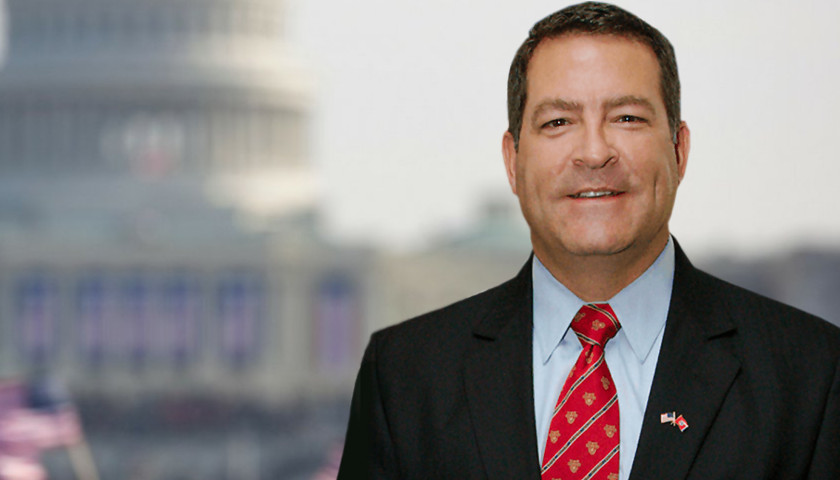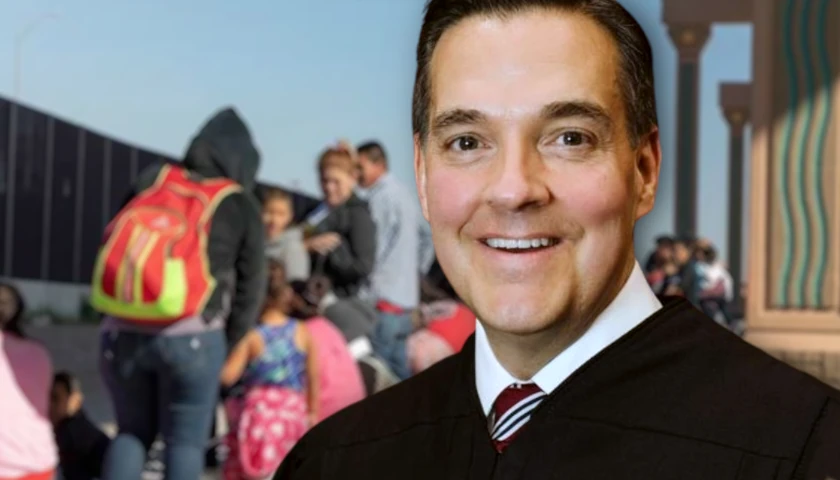by State Senator Dr. Mark Green (R-Clarksville)
The healthcare crisis in America is rightly one of the top issues on voters’ minds this election cycle. Unfortunately, missing from all the political rhetoric from most candidates is what is actually causing it. This is my second article in a three-part series where I seek to address the root cause of the crisis. You can read the first part here.
In addition to having the wrong incentives, the second problem affecting our healthcare system is the effect on health insurance and other payers when government sets the price so low. When Medicare and Medicaid say they will only pay X for this procedure, and X is substantially below the market equilibrium price, one of two things happens: Either providers stop supplying that service at the set price, or they increase the price charged to others–a process called cost shifting.
The effect of cost shifting has devastated the health insurance industry. As the government pays less, physicians and hospitals raise the price for others, which leads to increased cost of care for those with health insurance. This increase is then in turn passed to their customers in increased cost. As the cost escalates, fewer people can purchase health insurance, leading to a need for insurance companies to increase prices further. Of course with increased price, fewer people can afford the insurance. What followed was a vicious cycle which puts us where we are today.
With the price fixing from Medicare and Medicaid, the free market in healthcare is dead. LASIK is an excellent example of how the free market can drive costs down. Health insurance and government medical care do not cover the price of this procedure, meaning true market forces are setting the price. A very complicated procedure, LASIK cost $5,000 to $6,000 dollars when it was first introduced. I saw an ad the other day for LASIK for $499 per eye. Granted, the average procedure is roughly $1,800, but even this amount is significantly less than where it started. As ophthalmologists competed for the dollars people were willing to spend, the price fell. This decrease happened in the face of an increase in healthcare costs that was twice the rate of inflation. Simply put, the free market can and does work.
The government must stop fixing the price. The free market will adjust itself, and with competition, find a price at a supply demand equilibrium point. Undoubtedly, new healthcare equilibrium price will be significantly less than what the insurance companies are currently paying. This will, with allowed competition, significantly decrease the price of health insurance and thus increase the pool of people able to afford it. And with appropriate incentives described in my next op-ed, it would decrease the misuse and thus cost of unnecessary medicine, freeing up government dollars to pay the slightly higher market price for necessary procedures.
Some will say health insurance co-payments can accomplish this, but that is not true. No one shops for a lower price if the healthcare cost to them is $50 here and $50 there, no matter the overall cost. People do what’s best for themselves and go with convenience and physician choice, and price never enters the decision since it’s the same everywhere.
Health Savings Accounts, on the other hand, have been shown to significantly decrease the consumption of healthcare. Here, the patient spends the first dollar of their own money up to a certain amount at which time the catastrophic plan kicks in. HSAs have shown to decrease consumption as much as 9%. For many states that would nearly fund the entire Medicaid expansion under Obamacare without spending another penny.
In my third op-ed, I will address what I believe to be the final major issue with healthcare in America, as well as a solution that gets at the very heart of these problems.
– – –
State Senator Dr. Mark Green (R-Clarksville) is the Republican nominee for the 7th Congressional District seat in the U.S. House of Representatives.





